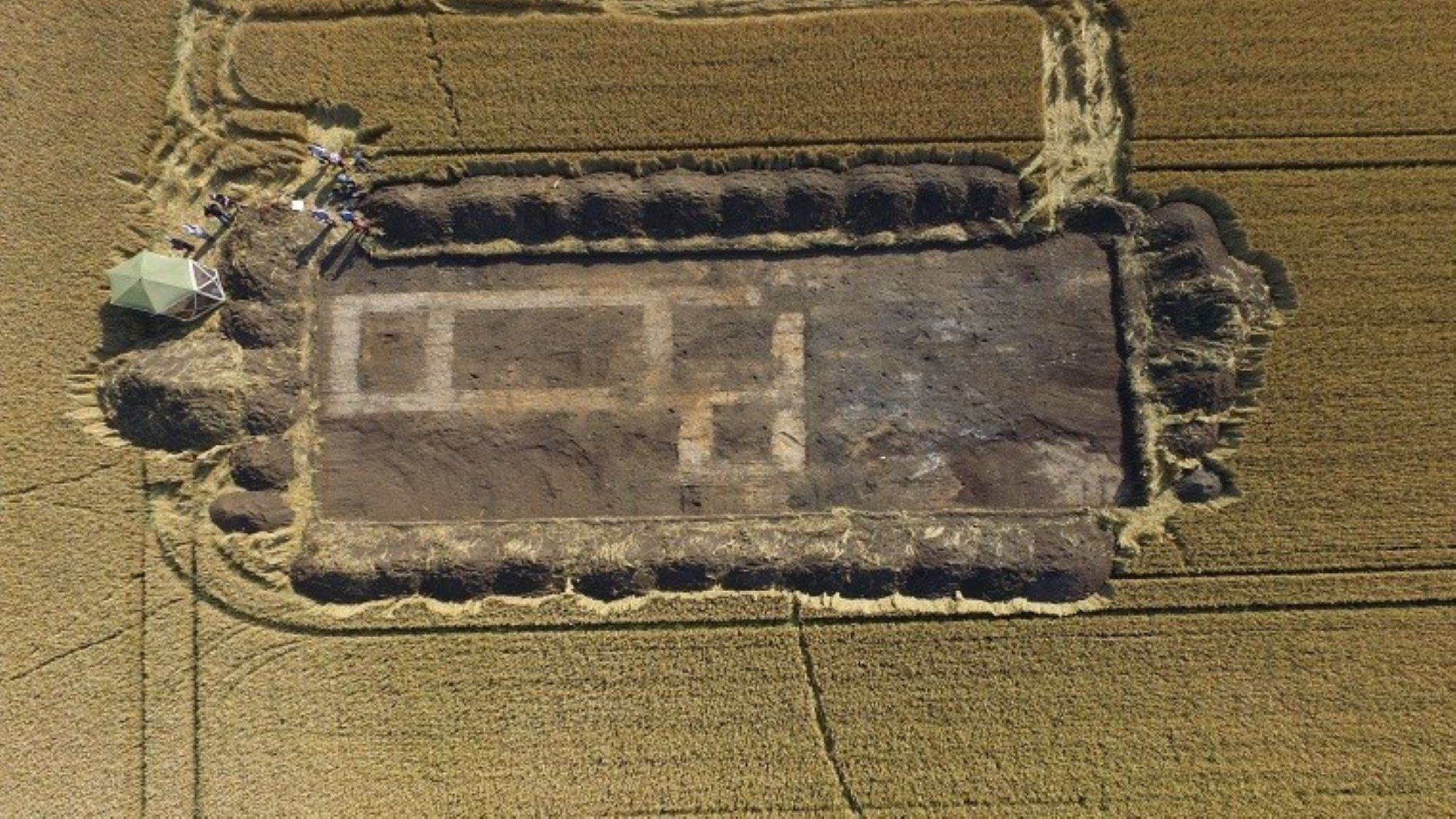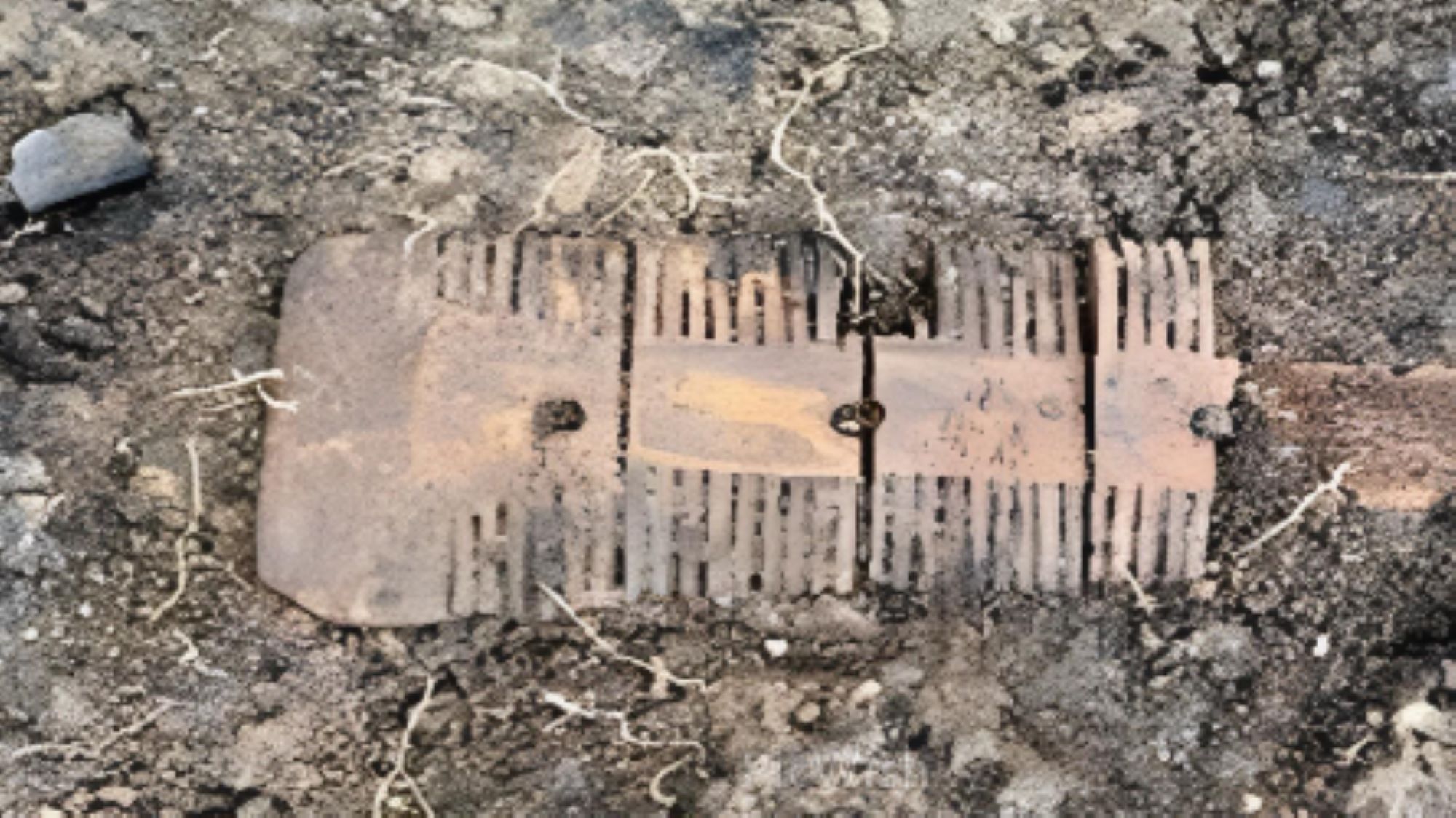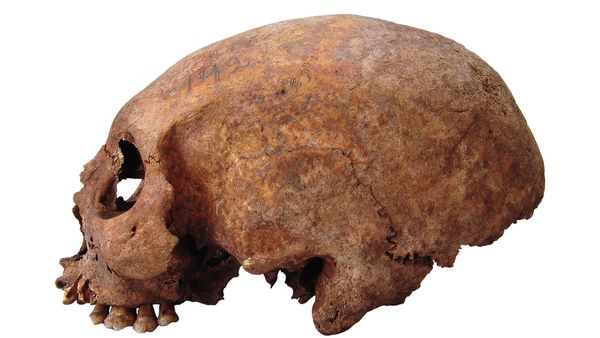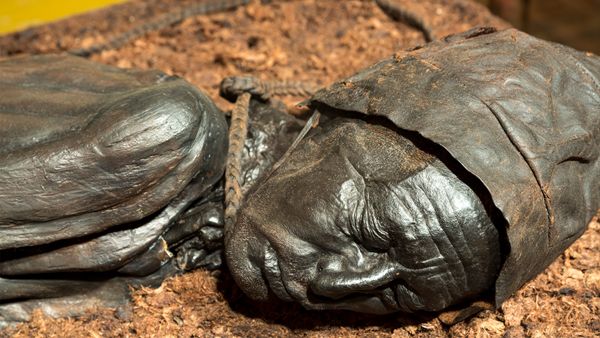
A monumental prehistoric henge has been unearthed in eastern England during excavations originally focused on finding traces of an Anglo-Saxon hermit, a recent study shows.
The site, known as Anchor Church Field and situated near Crowland Abbey in Lincolnshire, is thought to have hosted ceremonial and sacred activities on and off from the time the henge was erected in the Late Neolithic to Early Bronze Age (2900 to 1600 B.C.) until the 15th century.
Notably, archaeologists found evidence of occupation inside the henge dating to around the seventh century — including ceramics, two bone combs and glass fragments from elite drinking vessels — when England was under Anglo-Saxon rule.
"We know that many prehistoric monuments were reused by the Anglo-Saxons, but to find a henge — especially one that was previously unknown — occupied in this way is really quite rare," study co-author Duncan Wright, a lecturer in medieval archaeology at Newcastle University in England, said in a statement.
The excavations revealed that the henge — a circular monument of upright stones — was adapted into a timber circle in the Middle Bronze Age (1600 to 1200 B.C.) and was surrounded by burial mounds. It then sat abandoned for several centuries, but the prehistoric earthwork remained etched in the soil, according to the study, which was published March 26 in the Journal of Field Archaeology.
Wright and study co-author Hugh Willmott, a senior lecturer in European historical archaeology at the University of Sheffield in England, discovered the henge by chance while searching for an eighth-century hermitage believed to be buried beneath Anchor Church Field.
Local tradition holds that in A.D. 700, a Christian monk named Guthlac sought out the spot and became a recluse, choosing a life of devotion and abstinence surrounded by what was then marshland. According to a written account from the time titled "Vita Sancti Guthlaci" (Life of Saint Guthlac), Guthlac's story and the discovery of his intact body 12 months after his death in A.D. 714 inspired a small monastic cult and pilgrimages to present-day Crowland, as well as the construction of Crowland Abbey in the 10th century.
Although the Anglo-Saxon objects found inside the henge cannot be linked to Guthlac with certainty, the monumental site would have been "an obvious choice for hermits to recast into a new form of Christian 'holy island,'" the researchers wrote in the study.

The surprises did not end there. Within the henge, the archaeologists also uncovered an elaborate hall and chapel complex dating to the 12th century. The complex — which was likely built by the abbots of Crowland to venerate St. Guthlac and his sister St. Pega, who was herself a famed hermit in the region — may have been used to house high-status pilgrims and other elite guests.
The discovery sheds new light on a previously excavated, stone-lined pit located directly in front of the hall and chapel, as archaeologists now think it may have held a flagpole or large cross.
"It's clear that even in later years Anchor Church Field continued to be seen as a special place worthy of veneration," Willmott said in the statement. "Guthlac and Pega were very important figures in the early Christian history of England, so it is hugely exciting that we've been able to determine the chronology of what is clearly a historically significant site."
Historical sources indicate that the hall and chapel complex had fallen into ruin by the 15th century as agriculture took over the land around Anchor Church Field and pilgrimage waned with the advent of the English Reformation. But the site retained its sacred aura until the 18th century, according to the study, as the owner of a nearby cottage is said to have visited it every Sunday and dropped to his knees in "enthusiastic veneration for a hermit."










